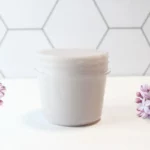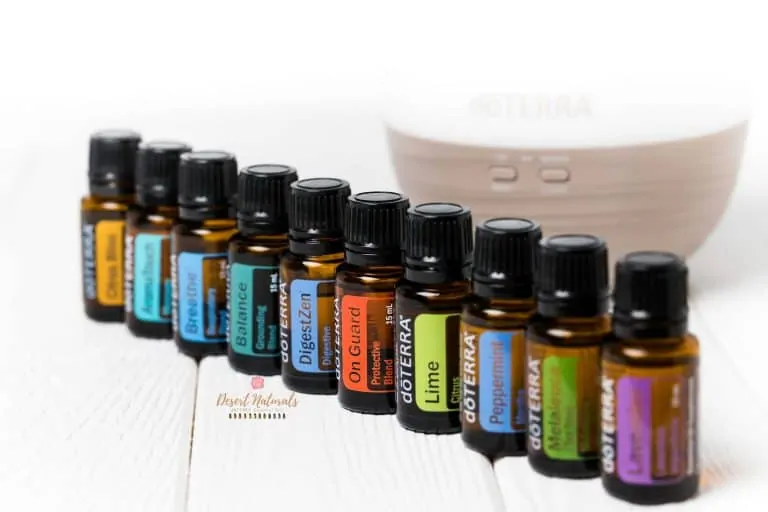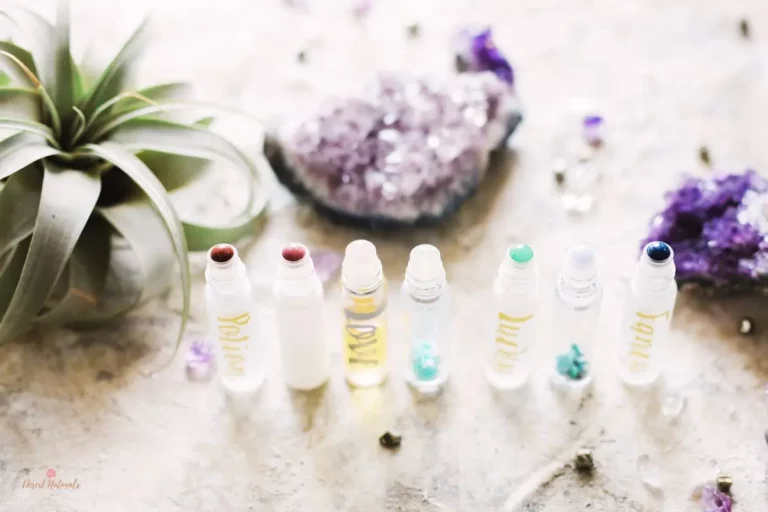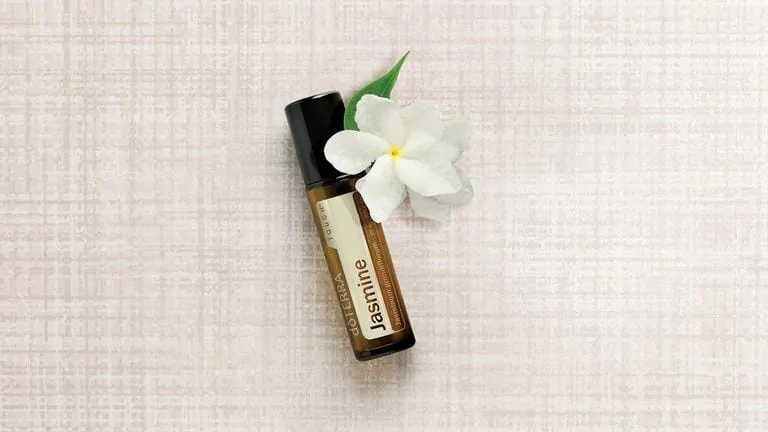How to get started with Meditation

Meditation For Beginners
Meditation, once considered an ancient spiritual practice, has now become a
mainstream strategy for personal development and mental health. It offers a plethora of
benefits, from stress reduction to improved focus and beyond.
This article will serve as a beginner’s guide, exploring the essence of meditation, its
origins, and its impact on personal development and mental well-being. With an
emphasis on understanding the process, the aim is to make meditation accessible and
enjoyable for everyone, even if you’re just starting out.
Understanding Meditation: More Than Just Relaxation
Meditation, at its core, is about cultivating awareness. Its roots can be traced back
thousands of years to numerous cultures and spiritual traditions. It’s much more than
just relaxation. It’s a process of inner exploration, a journey towards understanding
yourself better, and a practice that fosters mindfulness and the ability to stay present in
the moment.
One of the most common misconceptions is that meditation requires emptying the mind
completely, which can be a daunting task for beginners. However, it’s not about clearing
your mind, but rather learning to observe your thoughts without judgement. It’s perfectly
normal for your mind to wander during meditation; the goal is to gently bring your
attention back each time it does.
Another fear that beginners often have is that they’re not doing it ‘right’. It’s essential to
understand that there’s no ‘right’ or ‘wrong’ way to meditate. It’s a personal journey, and
each person’s experience is unique. You don’t have to sit in a specific posture or chant a
mantra, unless that works for you. The most important thing is to be comfortable and
relaxed so you can concentrate on your inner self.
Meditation offers numerous benefits that contribute to personal development and mental
well-being. One of the primary advantages is stress reduction. By focusing on the
present moment, meditation helps you let go of the past and stop worrying about the
future, which can significantly reduce stress and anxiety. It also helps improve focus and
concentration, enhancing productivity and effectiveness in daily tasks.
Moreover, meditation fosters self-awareness, helping you understand yourself better
and promoting emotional health. It provides insights into your thoughts and emotions,
allowing you to recognize negative patterns and work towards changing them. It’s a
powerful tool for personal growth, encouraging traits like patience, empathy, and
positivity.
In essence, meditation is a journey into self-discovery, a practice that enables you to
explore your inner world and experience the tranquility that lies within. It’s more than just
relaxation; it’s a pathway towards personal development and mental well-being. As a
beginner, approaching meditation with an open mind and patience can make the
journey more enjoyable and fulfilling.
Preparation for Meditation: Mindset and Physical Setting
Preparing for meditation involves setting up both your mind and your environment. Your
mindset is as crucial as your physical setting because it shapes your meditation
experience.
Before you start meditating, set an intention. Your intention is what you hope to get from
the practice. It could be to reduce stress, increase focus, or foster self-awareness.
Whatever your intention is, having one helps guide your practice and keeps you
motivated.
Try to approach meditation with an open and non-judgmental mindset. There’s no need
to strive for perfection or fear that you’re doing it wrong. Be patient with yourself,
especially if you’re a beginner. Understand that your mind will wander, and that’s okay.
Each time it does, gently bring your attention back without criticizing yourself. The act of
noticing when your mind has wandered and bringing it back is the practice of
meditation.
When it comes to the physical setting, it’s best to find a quiet and comfortable space
where you won’t be interrupted. This doesn’t necessarily have to be a separate room; it
can be a cozy corner of your bedroom or living room. Make sure your chosen spot is
clean and free of clutter to minimize distractions.
Lighting can also influence your meditation experience. Soft, dim lights or natural
sunlight can create a calm atmosphere. Consider using candles if you find their
flickering light and soft aroma soothing.
Comfortable seating is essential. Whether you prefer to sit on a cushion on the floor, a
meditation bench, or a comfortable chair, make sure your posture is upright but relaxed.
You can also personalize your meditation space with elements that make it inviting and
serene. This could include plants, calming artworks, or a small water fountain.
Remember, this is your personal sanctuary, a place where you’ll spend time connecting
with yourself. Making it a space you love will encourage you to return to it day after day.
Preparing for meditation is all about setting yourself up for success. Cultivating the right
mindset and creating a conducive physical environment paves the way for an enriching
meditation experience.
Simple Meditation Techniques for Beginners
One of the great things about meditation is that it doesn’t require any special equipment
– just you, some free time, and a quiet place. As a beginner, it’s best to start with simple
techniques. Let’s explore two techniques that are perfect for beginners: Breath
Awareness Meditation and Body Scan Meditation.
Breath Awareness Meditation is a type of mindful meditation that encourages mindful
breathing. Here’s a step-by-step guide:
- Sit comfortably with your back straight. Close your eyes if it feels right for you.
- Pay attention to your breathing, but don’t try to control it. Simply observe each inhale
and exhale. - When your mind starts to wander, gently guide your attention back to your breath.
- Start with a few minutes at a time, then gradually increase the duration as you get
more comfortable with the practice.
Body Scan Meditation encourages you to focus on different parts of your body, from
your toes to the top of your head. Here’s how to do it:
- Sit or lie down comfortably. Close your eyes.
- Start by bringing your attention to your toes. Notice any sensation there – warmth,
coolness, pressure, tingling, or perhaps nothing at all. - Gradually move your attention up to your feet, ankles, legs, and so on, until you reach
the top of your head. Take your time with each part. - If your mind wanders, gently bring your focus back to the body part you were last on.
The key to both techniques is not to worry or become frustrated if your mind wanders.
This is completely normal, especially when you’re starting. Each time you notice your
mind wandering and bring it back, you’re strengthening your mindfulness muscle.
Finally, remember that everyone’s experience with meditation is unique. Don’t compare
your progress with others. It’s not about achieving a certain state, but about being
present and mindful. Practice these techniques consistently, and you’ll soon begin to
notice their positive effects on your mental well-being. Enjoy your journey into the world
of meditation!
See this related article for how to add essential oils into your meditation routine to help take it to the next level.
Navigating Common Challenges for Beginners
Starting a meditation practice can be both exciting and a bit challenging. If you’re a
beginner, it’s likely that you’ll come across a few common hurdles. The good news is,
every meditator has been there, and there are ways to overcome these challenges.
One of the first issues you might encounter is a lack of focus. Your mind may wander,
darting from one thought to another, making it difficult to concentrate on your breathing
or body sensations. This is totally normal! When you notice your mind wandering, gently
bring your attention back. Remember, the goal isn’t to stop thinking but to become an
observer of your thoughts without getting caught up in them.
Impatience is another common challenge. We live in a world that often demands instant
results, but meditation is a slow process. You might not feel the benefits immediately,
and that’s okay. Remember that the power of meditation comes from consistent
practice. Even a few minutes each day can make a big difference over time. Try to enjoy
the process itself, rather than focusing on the outcome.
Physical discomfort can also be a hurdle. Sitting still for a long time might cause some
discomfort in your back, legs, or neck. To address this, make sure your meditation
posture is comfortable. There’s no one-size-fits-all here. Some people like to sit cross-
legged on the floor, while others prefer a chair or a cushion. Listen to your body and
adjust your posture as needed.
Remember, these challenges aren’t roadblocks—they’re part of the learning process.
They’re opportunities to understand your mind better and to grow. As with any new skill,
there will be a learning curve.
Be kind and patient with yourself. After all, meditation is about cultivating a sense of peace and understanding within, not about striving for perfection.
The more you practice, the easier it will become. So, keep going, and soon enough, you’ll start to see the benefits unfold.
Building Consistency: Creating Your Meditation Routine
Starting a meditation practice is like planting a seed. It takes time, consistent care, and
patience for it to grow and bear fruit. So, how can you nurture this new seed and make
meditation a part of your daily life?
Firstly, decide on a specific time each day for meditation. Whether it’s in the morning
when you wake up or in the evening before bed, find a time that works best for you and
stick to it. It’s much easier to build a habit when it’s tied to a specific routine.
Next, keep your sessions short at the beginning. Trying to meditate for long periods as a
beginner can be overwhelming. Starting with just five to ten minutes each day can make
the practice feel manageable and less intimidating. As your concentration improves, you
can gradually increase the duration.
Use tools and aids if needed. Many beginners find guided meditations or meditation
apps helpful. They can provide structure and direction, making the process less
daunting.
Remember, consistency is more important than quantity. It’s better to meditate for a few
minutes daily than to do hour-long sessions sporadically.
Lastly, be gentle with yourself. There will be days when your mind is busier, and
meditation feels harder. Accept these moments as part of the journey. Rather than
getting frustrated, remind yourself why you started meditating and the benefits it will
bring to your life.
The Start of a Lifelong Journey
Meditation isn’t a race, and it’s definitely not a quick fix. It’s a lifelong journey of self-
discovery and growth. It’s about becoming more aware, more present, and more
connected with yourself and the world around you.
As a beginner, there will be bumps along the road, but that’s okay. Every moment you
spend on your meditation cushion is a moment spent nourishing your mind and your
spirit. Embrace the challenges, and remember to celebrate your progress, no matter
how small it seems.
You’re embarking on an incredible journey. It won’t always be easy, but it will be
worthwhile. Every breath, every moment of silence, every second of awareness brings
you one step closer to a more mindful, peaceful, and fulfilled life. Keep going, and enjoy
the journey.
Before You Go, See What’s New On The Blog

Dawn Goehring
Dawn Goehring is the founder of Desert Naturals where she writes educational articles on essential oils, DIY’s on natural beauty products, homemade cleaners, and provides related essential oil accessories like planners, trackers, tshirts, and custom designed essential oil storage. She has been featured in articles on Porch.com, Redfin.com, MommyOnPurpose and more.
Dawn has earned an aromatherapist degree and has earned a doTERRA essential oil specialist certification which is a fancy way of saying she has learned a lot about the chemistry of essential oils and how they work in the body.











